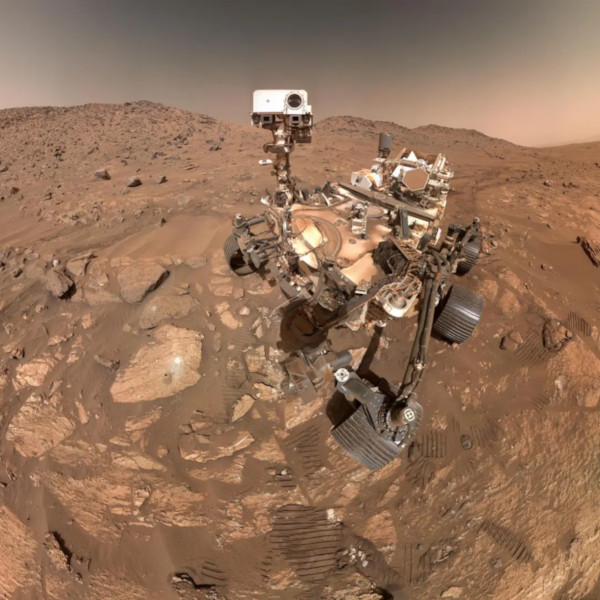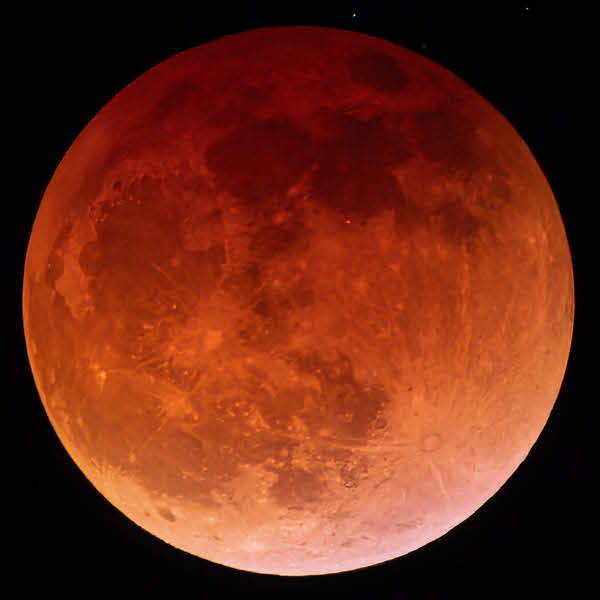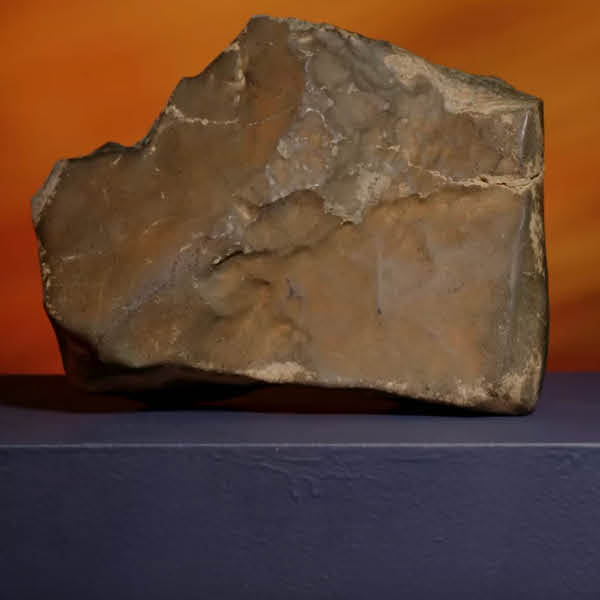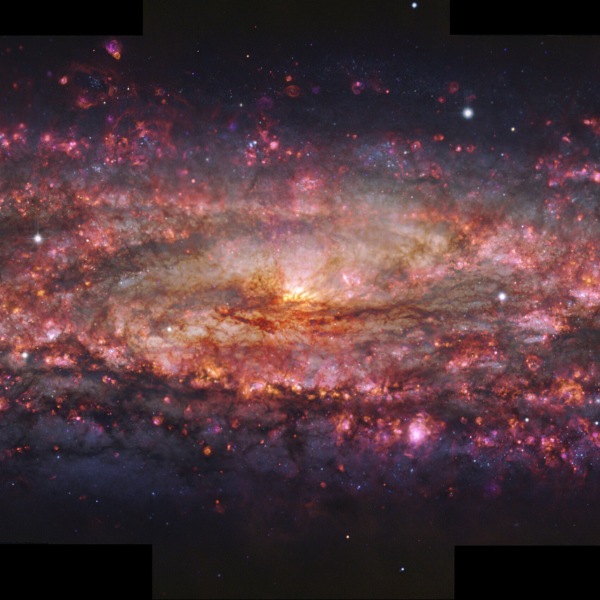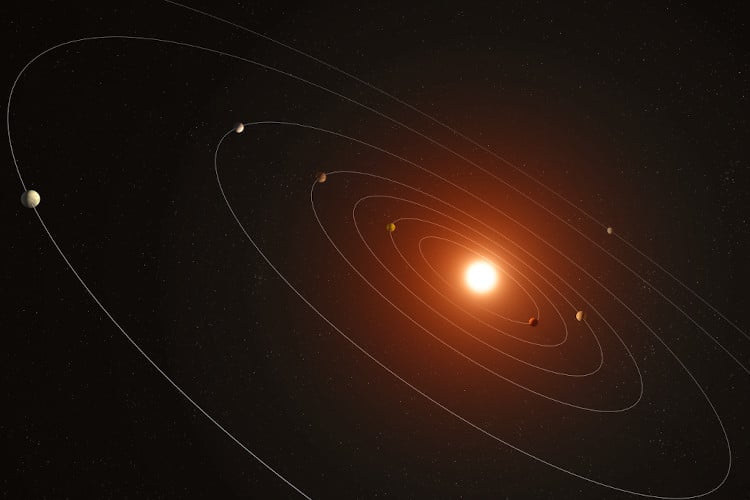
Photo: NASA/Daniel Rutter
The Kepler telescope was deactivated in 2018, ending its mission almost a decade after its launch. However, its observations continue to teach us new things about the universe. NASA reports that astronomers have found a system of seven planets thanks to the data gathered by the Kepler telescope.
Known as Kepler-385 due to the involvement of the telescope in its discovery, this seven-planet system has a Sun-like star at the center. However, it is about 10% larger and 5% hotter than our Sun; and it creates scorching conditions throughout the system. NASA even points out that each of the planets is bathed in more radiant heat from their host star per area than any planet in our solar system.
As for these seven exoplanets (planets that orbit a star outside the solar system), the inner two are both slightly larger than Earth, probably rocky with thin atmospheres. The other five planets are thought to be larger, with a radius about twice the size of Earth’s but smaller than Neptune, and surrounded by thick atmospheres.
Kepler-385 is part of a new catalog of 4,400 planet candidates and 700 multi-planet systems discovered by the telescope. A planet candidate is a planet that has been discovered by a telescope, but not yet confirmed to actually exist. Among all the planet candidates and systems listed, Kepler-385 caught the astronomer's attention as it's rare for there to be a system with more than six planet candidates.
“The ability to describe the properties of the Kepler-385 system in such detail is testament to the quality of this latest catalog of exoplanets,” writes NASA. “While the Kepler mission’s final catalogs focused on producing lists optimized to measure how common planets are around other stars, this study focuses on producing a comprehensive list that provides accurate information about each of the systems, making discoveries like Kepler-385 possible.”
With Kepler having provided the first steps in the long process to further studying neighbor systems and planets, researchers will turn to other resources to confirm their existence and learn more about them. “We’ve assembled the most accurate list of Kepler planet candidates and their properties to date,” says Jack Lissauer, a research scientist at NASA’s Ames Research Center in California’s Silicon Valley and lead author on the paper presenting the new catalog. “NASA’s Kepler mission has discovered the majority of known exoplanets, and this new catalog will enable astronomers to learn more about their characteristics.”
NASA reports that astronomers have found a system of seven planets thanks to the data gathered by the Kepler telescope.
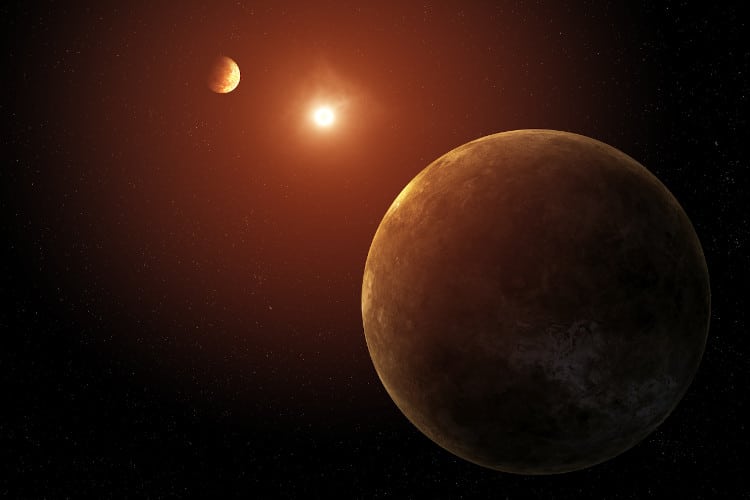
Photo: NASA/Daniel Rutter
All images via NASA.
Related Articles:
NASA’s First Asteroid Sample Has Finally Landed on Earth
High School Students Find That Asteroid Hit by NASA Seems to Be Moving Unexpectedly
NASA Picks Up “Heartbeat” Signal and Reconnects With Lost Voyager 2
NASA Spots a Perfect Bear Face Made of Craters on the Surface of Mars















































































